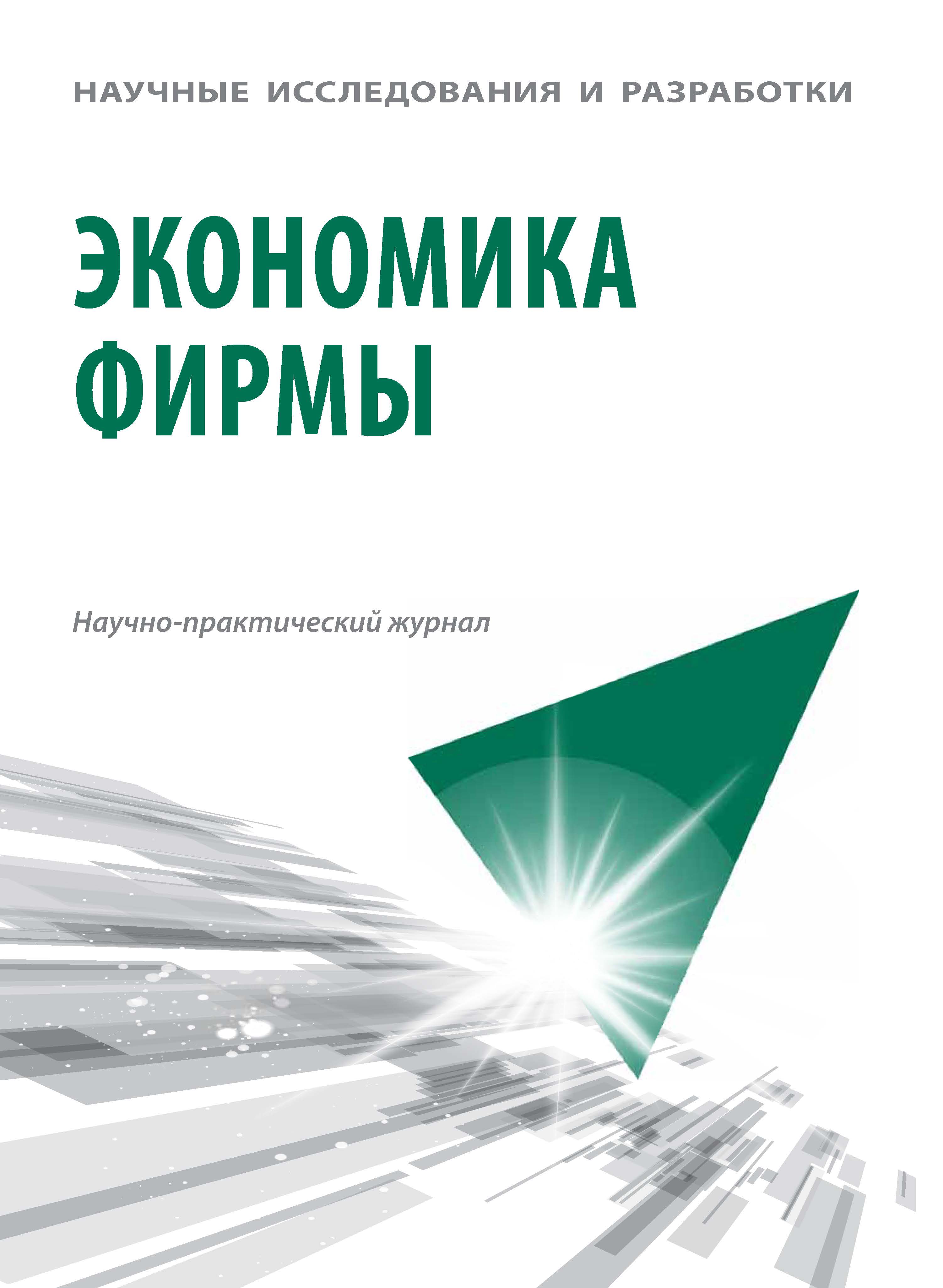Russian Federation
Russian Federation
The article discusses the tools that are used to develop and implement strategies of organizations operating in various sectors of the economy. A balanced scorecard, which includes a strategic map and a table of activities, acts as a key tool for developing an organization's strategy. The strategic map defines the required number of prospects, goals and indicators to measure the level of achievement of goals, and the table already describes the current and target values, activities and results. Together with a balanced scorecard, it is advisable to use the methodology «goals and key results» in order to describe the intermediate results that will allow achieving the goals. The authors show that when developing strategic maps, it is possible to take into account ESG transformation or the specifics of work in ecosystems. To the four basic perspectives (finance, customers, business processes, training and development), an environmental perspective can be added, taking into account environmental factors in the ESG transformation concept. You can also use the perspective of partners, in the case of considering a business in the ecosystem format. As alternatives to a balanced scorecard, the article considers: the efficiency pyramid of K. McNair, R. Lynch and K. Cross, with which you can describe the strategy of the organization, defining financial indicators, non–financial indicators, as well as actions that take into account the external and internal environment of the organization; the EP2M model, L. Meisel's strategic maps, the prism of efficiency, taking into account 5 perspectives of the organization – satisfaction of stakeholders, strategy, processes, opportunities, as well as contribution interested parties. The article concludes that in order to develop a strategy, it is advisable to use the integration of the analyzed tools, depending on the scope of activity, the type of strategy, and the principles of development.
strategy, strategy development, balanced scorecard, goals, key results, efficiency pyramid, strategic map
1. Zaharova T.I. Formirovanie upravlencheskih kompetenciy v krizisnyy period, vyzvannyy pandemiey COVID-19 / T.I. Zaharova, A.A. Ivanov, A.A. Lebedev, D.E. Styurina // Innovacii i investicii. 2022. № 2. S. 66-69. EDN: https://elibrary.ru/SAHVIX
2. Mrochkovskiy N.S. Neeffektivnye upravlencheskie resheniya: prichiny i posledstviya / N.S. Mrochkovskiy, T.I. Zaharova, E.S. Biryukov, K.V. Sadykova, D.K. Sudakov // Innovacii i investicii. 2020. № 12. S. 77-81. EDN: https://elibrary.ru/JBDSHF
3. Oficial'nyy sayt Torgovo-promyshlennoy Palaty Rossii [Elektronnyy resurs]. URL : https://uslugi.tpprf.ru/ru/sanctions_2022/
4. Petrova Yu.O. Razrabotka strategii razvitiya predpriyatiya v sovremennyh usloviyah // Ekonomika i gosudarstvo: problemy i perspektivy razvitiya. 2020. S. 320-324. EDN: https://elibrary.ru/XQKSLR
5. Pletnev D.A. Faktory formirovaniya i realizacii strategiy kompaniy v usloviyah 2022 goda / D.A. Pletnev, E.A. Stepanov i dr. // Vestnik Chelyabinskogo gosudarstvennogo universiteta. 2022. № 4 (462). S. 90-101. DOI: https://doi.org/10.47475/1994-2796-2022-10409; EDN: https://elibrary.ru/GZAJEJ
6. Primer piramidy effektivnosti K. MakNayra, R. Lincha i K. Krossa. URL : https://www.cfin.ru/management/controlling/business_model.shtml
7. Stepanova V.E. Mnogofaktornye metody ocenki effektivnosti servisnyh kompaniy // Voprosy upravleniya i ekonomiki: sovremennoe sostoyanie aktual'nyh problem : sbornik statey po materialam XXV mezhdunarodnoy nauchno-prakticheskoy konferencii. 2019. T. 7 (23). S. 38-47. EDN: https://elibrary.ru/PMFFEJ
8. Sudakova V.I. Strategiya razvitiya turisticheskogo biznesa v usloviyah cifrovizacii / V.I. Sudakova, T.I. Zaharova, K.V. Sadykova, D.E. Styurina, I.R. Fat'yanova // Innovacii i investicii. 2022. № 9. S. 221-225. EDN: https://elibrary.ru/ILEJHU
9. Chausov N.Yu., Korohodkina Yu.I. Primenenie proektnoy metodologii Agile v IT-menedzhmente na primere AO «Kaluga Astral» // Ekonomika i biznes: teoriya i praktika. 2022. № 6-2 (88). S. 237-241. DOI: https://doi.org/10.24412/2411-0450-2022-6-2-237-241; EDN: https://elibrary.ru/OKPOSB
10. Forest L. Reinhardt, Down To Earth: Applying Business Principles to Environmental Management Long, Thomas. Sustainable Business Strategy. - 2020.
11. Lo, S.-F., Sheu, H.-J. (2007) Is corporate sustainability a value-increasing strategy for business? Corporate Governance: An International Review, Vol. 15, Issue 2, pp. 345-358.






